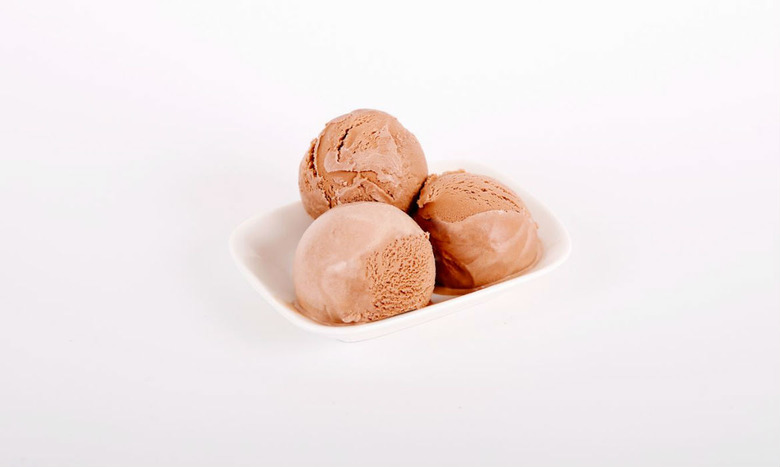Is Propylene Glycol In Food Safe Or Dangerous?
Check the ingredients label of a lot of processed foods and you're bound to encounter propylene glycol. This organic compound is a clear liquid that has many uses: It plays a role in making polyester, it's an ingredient in the "e-liquid" in electronic cigarettes, and it's used in antifreeze and airplane deicing fluid because it can lower the freezing point of water when mixed together. It's also, however, used in a lot of foods. But is it safe?
When used in foods, propylene glycol can help foods maintain the moisture and flavor quality for long periods of time, and is commonly found in processed ice creams, coffee-based drinks, margarine, liquid sweeteners, frosting, candies, cheap liquor, and processed baked goods.
When propylene glycol is consumed, it's metabolized into pyruvic, acetic, and lactic acids, which are all normal and nontoxic. A fourth substance, propionaldehyde, is potentially hazardous, but in order for any toxicity to occur, such a large amount of propylene glycol needs to be consumed that it's only possible to be sickened by consuming a large amount accidentally. Because it's so quickly metabolized, there's no potential for long-term toxicity, either.
Because of all this, the FDA has labeled propylene glycol "generally recognized as safe" for use in foods. While some fear mongers have referred to it as "antifreeze," it's only used to lower the freezing point of water in some non-toxic antifreezes, and the only way for it to make you sick is if you drink a whole bottle of the stuff.
